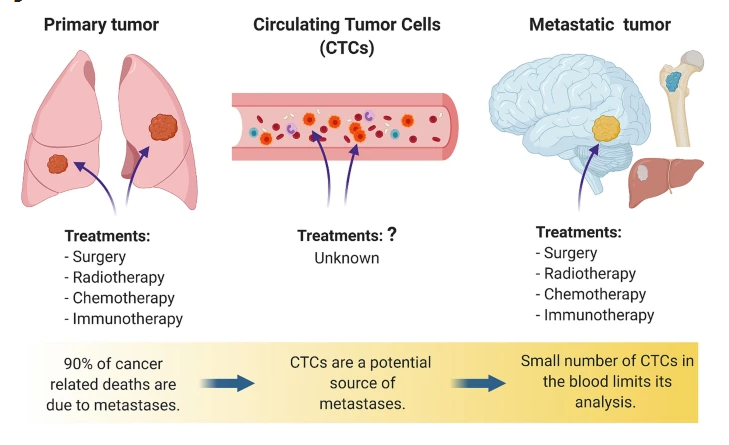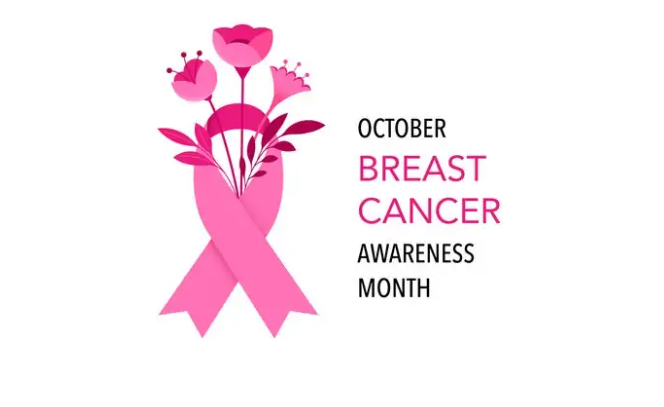Immunology is changing the landscape of cancer care. By harnessing the power of the body’s immune system, researchers and doctors are finding new ways to fight cancer more effectively and with fewer side effects than traditional methods. This approach, known as cancer immunotherapy, is now a leading force in modern oncology.
In this post, we’ll explore how immunology is used to treat cancer, the different types of immunotherapy, and why this shift in treatment is giving patients new hope.
What Is Cancer Immunotherapy?
Cancer immunotherapy is a treatment that uses the immune system to recognize, target, and destroy cancer cells. Unlike chemotherapy, which attacks all rapidly dividing cells (healthy or not), immunotherapy is designed to train the immune system to attack only cancer-specific targets.
1. Checkpoint Inhibitors: Unmasking Cancer Cells
One of the most widely used immunotherapy methods today involves immune checkpoint inhibitors. These are laboratory-made antibodies that block proteins (such as PD-1, PD-L1, and CTLA-4) which cancer cells use to avoid being attacked by the immune system.
Drugs like pembrolizumab, nivolumab, and atezolizumab have been approved to treat a wide range of cancers, including:
-
Lung cancer
-
Melanoma
-
Head and neck cancer
-
Kidney cancer
-
Breast cancer
-
Liver cancer
-
Bladder cancer
-
Uterine cancer
By blocking these checkpoints, the immune system can recognize and attack cancer cells more effectively.
2. CAR-T Cell Therapy: Engineering T Cells to Fight Cancer
Chimeric Antigen Receptor T-cell therapy (CAR-T) is a groundbreaking treatment that involves collecting a patient’s T cells, genetically modifying them to better recognize cancer, and then reinfusing them into the body.
Initially developed for acute lymphoblastic leukemia (ALL), CAR-T therapy has expanded to treat B-cell lymphomas and is being researched for use in other cancers as more tumor-specific antigens are identified. This approach allows the immune system to selectively destroy cancer while minimizing harm to healthy tissues.
3. Antibody-Drug Conjugates (ADCs): Targeted Smart Bombs
Antibody-drug conjugates (ADCs) are also transforming cancer therapy. These treatments use antibodies to deliver small doses of chemotherapy directly to cancer cells, acting like smart bombs. This allows for precise targeting of tumors with reduced side effects.
One well-known ADC is Enhertu, which is approved for HER2-positive breast cancer. It’s now being tested for HER2-low breast cancers, which make up over 40% of all breast cancer cases. This expansion could dramatically increase the number of patients who benefit from targeted therapy.
4. Cancer Vaccines Using mRNA Technology
With the success of mRNA technology in COVID-19 vaccines, researchers are now developing mRNA cancer vaccines. These vaccines aim to train the immune system to detect and destroy cancer cells after surgery or in early-stage disease.
BioNTech has launched clinical trials for mRNA-based cancer vaccines in melanoma and early-stage colon cancer. A post-operative HER2-positive breast cancer vaccine is also in the works with an undisclosed company, bringing us closer to a world where cancer recurrence may be significantly reduced.
5. The Future: From Chemotherapy to Precision Medicine
Immunotherapy, along with targeted drug therapies based on molecular profiling (such as next-generation sequencing), is rapidly replacing traditional chemotherapy. These new methods are more specific, more effective, and better tolerated by patients.
This marks a powerful shift in cancer care—away from one-size-fits-all chemotherapy and toward personalized, immune-based treatment plans that attack cancer without destroying healthy tissue.
Final Thoughts: A New Era in Cancer Treatment
Immunology is not just helping us understand cancer—it’s giving us the tools to fight it smarter. From checkpoint inhibitors to CAR-T cells, antibody-drug conjugates, and cancer vaccines, immunotherapy is reshaping what’s possible in cancer treatment.
As research continues, the future looks even more promising for patients, caregivers, and healthcare professionals worldwide.
⚠️ Disclaimer:
This blog post is for informational purposes only and should not be taken as medical advice. Please consult with a qualified healthcare provider for diagnosis and treatment.



